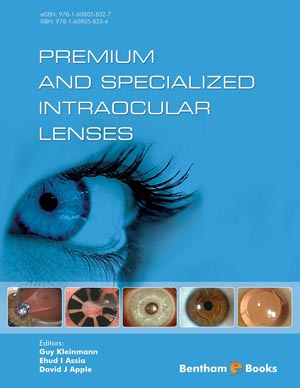Abstract
The development of foldable lenses, and perhaps more importantly, the small-incision capsular surgical techniques that accompany them, have been instrumental in achieving a vast reduction in cataract surgery complications. The excellent optical and visual rehabilitory benefits of small incision phacoemulsificationfoldable intraocular lens (IOL) surgery, including reduced astigmatism, quick recovery, and many other advantages, are well known. This modern procedure has achieved a state of vision restoration as well as vision rehabilitation. Modern cataract surgery is now a genuine form of refractive surgery.
The history of cataract surgery with IOLs is one of the extensive trial and errors, with many dead ends. By far, the most important and basic element required for success with IOLs is fixation. Indeed, the generations of IOLs are named according to the type of fixation used during each era.
The six generations that we identify signify the continuous movement forward, as surgeons attempted to improve IOL fixation. The move from Ridley's initial lens (Generation I) to the early anterior chamber lenses and iris-fixated lenses (Generations II and III) were basically attempts to overcome decentration issues (recall that Ridley’s IOL had no haptics). In addition, the move toward a second generation of anterior chamber lenses (Generation IV), usually implanted after intracapsular cataract extraction (ICCE), was in part caused by a desire to avoid the posterior capsule opacification (PCO) or secondary cataract that often occurred after early methods of extracapsular cataract extraction (ECCE). The last generation includes “specialized” IOLs, which are the focus of this book.
Keywords: Intraocular Lenses, History, Evolution.






















